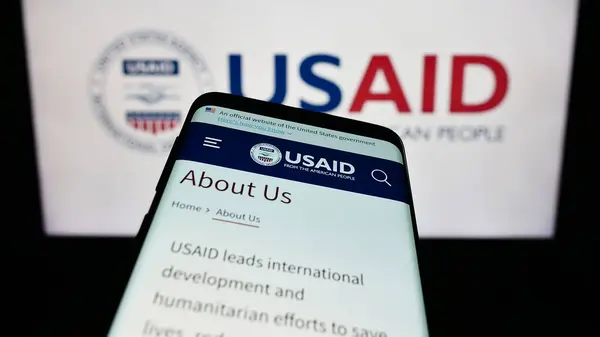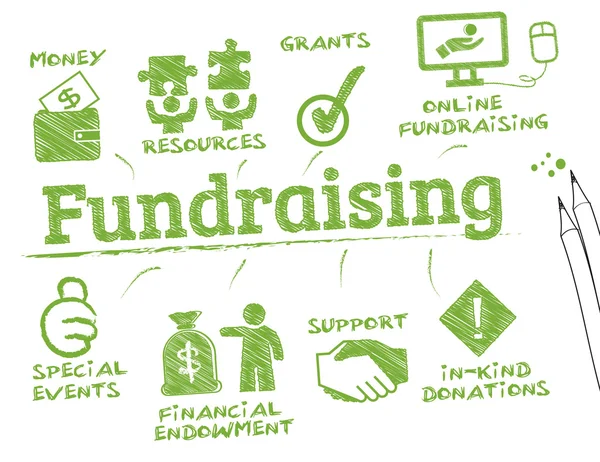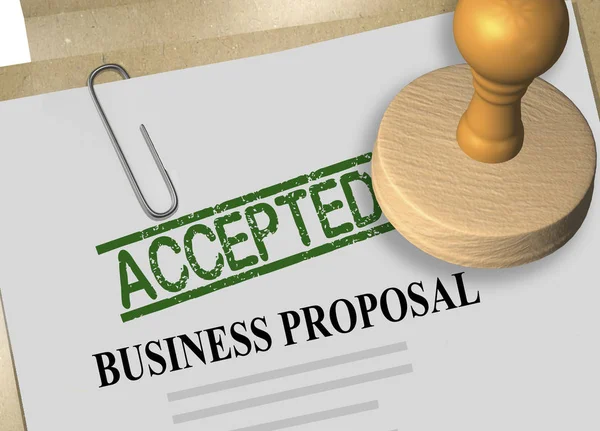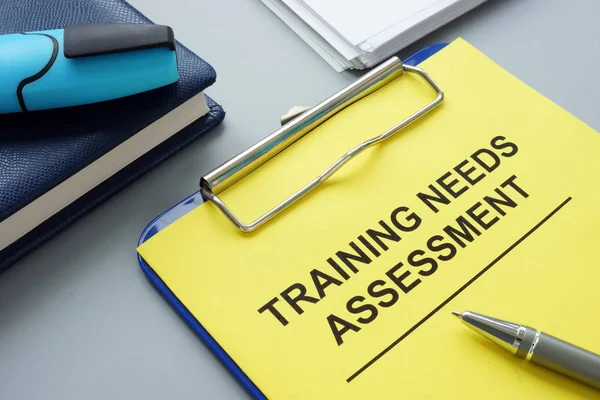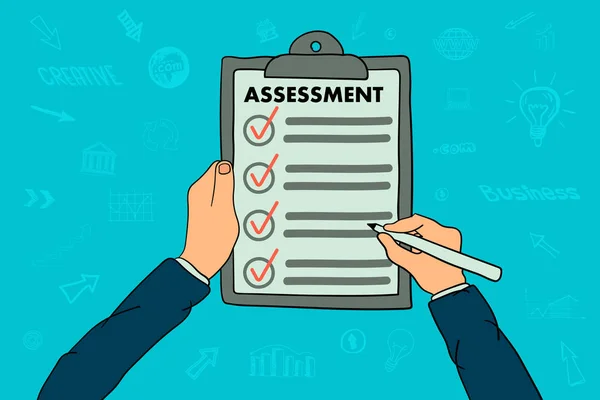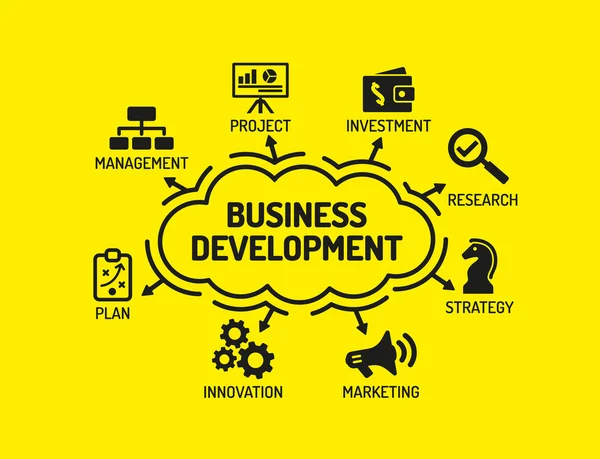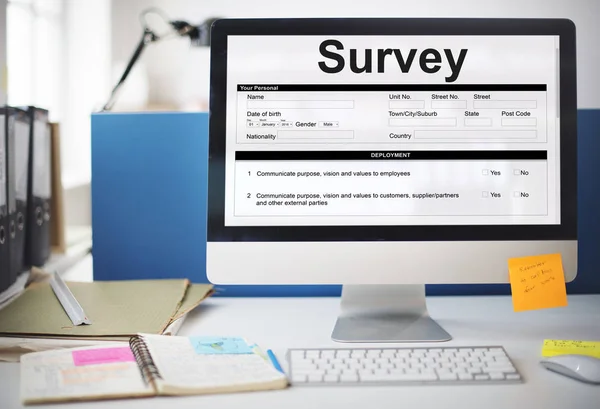Are you an USAID program implementor or Beneficiary unsure how to navigate the recent funding pause? The recent funding pause for USG foreign assistance programs, which came into effect on January 28, 2025, has sent ripples of uncertainty through the international development sector. As implementing partners and beneficiaries of USAID funding, you’re likely grappling with questions and concerns about the way forward. This blog post aims to provide clarity and guidance, offering a practical roadmap to navigate this challenging period, drawing from the most recent directives and insights. Immediate Actions: Your Short-Term Survival Guide Hit the Pause Button It’s crucial to understand that this is not a business-as-usual situation. Implementing partners must immediately halt all USAID-funded program activities and avoid any further commitments or spending. Confirm receipt of your stop-work order (SWO) or suspension notice with your Contracting Officer (CO) or Agreement Officer (AO). Cease Operations All activities related to your award need to stop, including program implementation, travel, and reporting. Make sure to notify any sub-recipients or sub-contractors to also cease their work. Cost Control is Key Take immediate steps to minimise or suspend costs. This is vital for your organisation’s financial health and potential for future cost recovery. Document Diligently Meticulous record-keeping is non-negotiable. Document all steps taken to halt or reduce activities and costs. Keep suspension costs separate, using accounting records, payment records, and timesheets. While there is no guarantee that costs will be recovered for grants and cooperative agreements, detailed documentation is critical for any future opportunity to recover costs. Communicate Clearly Respond proactively to your AO/CO. Acknowledge receipt of the order/notice and confirm your commitment to complying. Explain the actions you’re taking to halt or reduce activities and costs and include an estimate of costs that cannot be minimised and justify those costs. Sub-recipient Awareness If you are a sub-recipient, carefully review your agreements with the prime recipient to determine if there are any specific suspension clauses included. Waiver Awareness Familiarise yourself with existing waivers, which currently cover emergency food assistance, some salaries, legitimate expenses incurred before January 24, 2025, and any exceptions approved by the Director of Foreign Assistance. It’s crucial to remember that waivers are not automatic, and your AO/CO will inform you if one applies to your specific program. Utilise the Letter Template Use the provided letter template as a starting point to respond to your SWO or suspension notice, adjusting it to your unique circumstances. Medium-Term: Navigating the Review Process Brace for a Comprehensive Review Be aware that a government-wide review of all foreign assistance programs is scheduled to conclude within 85 days of January 24, 2025. The review will align programmes with President Trump’s foreign policy agenda. Assess Policy Alignment Evaluate your projects against current US foreign policy guidelines to gauge the chances of your programs being deemed a good fit. Justify Costs Be prepared to justify expenses that can’t be stopped, including salaries, leases, and equipment. You might need to show that maintaining some costs during the suspension is actually more cost-effective than immediate termination and the associated costs, like severance. Labour Cost Management Now is the time to carefully review employment laws and contracts. Consider alternatives such as moving employees to other activities, using paid or unpaid leave, or implementing furloughs or layoffs if necessary. Seek advice from local labour lawyers to ensure compliance with all current regulations. Make efforts to retain staff while keeping labour costs at a minimum. If you are keeping staff, document your decision and the reasons for it and seek approval from your AO/CO. Right to Negotiate Keep in mind that assistance awards are based on mutual agreement. If the government alters the terms, you have the right to negotiate. You may also terminate a grant or cooperative agreement early, while contracts need to be delivered. Anticipate Three Potential Outcomes: Long-Term: Planning for the Future Key Points to Remember Staying Informed and Connected The situation is constantly evolving. Stay informed by regularly consulting trusted sources By taking a proactive approach, carefully navigating the immediate challenges, preparing thoroughly for the medium-term review, and planning for long-term adaptability, you can effectively navigate this period of uncertainty and ensure your organisation is well-positioned to adapt and thrive once the funding pause is lifted. 📢 Share this guide Find this guide helpful? Share with colleagues, partners, and stakeholders to help them stay informed and prepared!
Donor Relations; How to Build Strong Ties With Best Funders
Are You Losing Donors or Funding Due to Strict Compliance Requirements or Lack of Donor Retention? Nonprofit funding space is stiff competitive, creating and maintaining professional donor relationships isn’t very easy. You will often find yourself in strict donor compliance requirements and complex reporting guidelines. It will also be hard to attract new funders, or maintain the existing ones. These challenges can create a revolving door of donors, where your hard-won relationships fade you can’t meet high demands or provide transparent, timely reporting. In this guide, you’ll learn how outsourcing your donor relations to an experienced consultant like Agcenture can help. You will learn to solve these challenges, build a more professional, trust-driven connection with funders. From compliance management to impact reporting, we’ll break down how expert support can transform donor relations into a growth-oriented strategy for your organization. What is Donor Management? Donor relations is the process of collecting, maintaining and sharing information with your funders. It goes beyond retaining them but works to promote accountability, transparency and tracking your interactions with them professionally. What are the Key Challenges in Managing Donor Relations Organizations often grapple with several issues when it comes to donor relations, which can jeopardize funding stability and limit long-term growth. Here are some of the most pressing challenges that non profits face in relating with their donors: 1. Limited Staff and Resources Small nonprofits and CBOs, in particular, face challenges in engaging donors regularly. Limited staff and resources often result in donors receiving infrequent or impersonal updates, making it harder to build a sense of connection and loyalty. Many donors appreciate being involved and seeing firsthand the impact of their contributions. However, without a dedicated team to keep up regular communication, even the most well-meaning organizations struggle to keep donors engaged. 2. Inconsistent Reporting and Transparency Donors value transparency and accountability. Without a structured reporting system, organizations risk appearing disorganized or, worse, untrustworthy. Many small organizations may submit reports sporadically or with insufficient detail, failing to show how funds are spent or the tangible impact of their programs. This lack of transparency can raise concerns among donors and hinder future funding opportunities. 3. Complex Compliance and Donor-Specific Requirements Every donor has specific guidelines on reporting, spending, and program management. Meeting these unique requirements often overwhelms teams lacking expertise in complex compliance measures. Failure to adhere to these guidelines can result in delayed funds, loss of trust, or even funding termination. Smaller teams often lack the capacity to develop systems that cater to these varied requirements while keeping up with daily operations. 4. Limited Impact Tracking and Reporting To retain funding, organizations must demonstrate clear, quantifiable impact. However, effective impact tracking requires data collection, analysis, and presentation skills that many nonprofits and grantees lack. Without these capabilities, their reports may appear vague or incomplete, making it difficult to prove the value of their programs to donors. Limited impact tracking can also mean missing valuable insights for program improvement. 5. Inadequate Financial Oversight and Record-Keeping Many organizations struggle with maintaining accurate financial records, which impacts their ability to report responsibly. Whether due to limited accounting skills or inadequate systems, this oversight can lead to inefficiencies and mismanagement of donor funds. Over time, poor financial transparency may cause donors to question whether their money is being used effectively, which can erode trust and reduce the likelihood of future contributions. 6. Inadequate Communication Strategy Effective donor communication goes beyond yearly updates and receipts. Engaging donors requires a strategy that includes regular updates, personalized stories, and other creative approaches to illustrate the program’s impact. Without a targeted communication strategy, organizations risk losing donors who feel unappreciated or uninformed. How a Donor Relations Consultant Can Help Outsourcing donor relations to a development consultant can transform how your organization manages and communicates with donors, ultimately improving donor retention and satisfaction. Here are the core services and benefits a donor relations consultant can provide: Reporting and Compliance Grant Management Communication Donor Engagement Proposal Development Managing donor expectations begins with transparent and timely reporting. A consultant can create a structured reporting system tailored to each donor’s preferences. This includes: Guideline Adherence: With in-depth knowledge of compliance standards, a consultant ensures that all reports align with donor requirements, reducing the risk of missed funding due to non-compliance. Customized Dashboards: Implementing real-time dashboards that visualize project progress and financial data can provide instant insights for donors. This transparency is key to building donor confidence. Detailed Narrative and Financial Reports: Professional consultants excel in preparing high-quality reports that combine financial accuracy with compelling narratives, allowing donors to see the impact of their support. Effective donor relations rely heavily on sound financial management. A consultant brings expertise in managing grants and funds responsibly: Budget Management: Consultants track budgets meticulously, ensuring funds are allocated appropriately and spent responsibly. Expenditure Reports: Regular expenditure reports provide donors with a clear understanding of how their contributions are used, ensuring they feel valued and informed. Expense Auditing: Professional oversight prevents financial mismanagement and strengthens donor confidence. Consultants can conduct regular audits to address any inefficiencies. Donors want to understand the tangible outcomes of their contributions, and a consultant can deliver impactful communication materials that highlight program achievements: Narrative Impact Reports: Through storytelling, a consultant can highlight key achievements, challenges overcome, and personal stories that resonate with donors. Visual Communication: From infographics to visual updates, consultants can develop materials that simplify complex data, making it accessible and engaging for donors. Real-Time Progress Updates: Consistent, accessible updates reinforce the donor’s role in creating positive change and help them feel connected to the cause. A consultant’s expertise in relationship management helps keep donors engaged and satisfied with their involvement: Donor Check-Ins: Consultants can facilitate regular check-ins with major donors, strengthening relationships and addressing any concerns early on. Project Tours and Appreciation Events: Inviting donors to witness the work firsthand can deepen their connection with the cause and increase the likelihood of continued support. Retention Strategies: Consultants employ strategies to keep donors engaged over the long
How to Write a Winning Grant Proposal- Best Guide
In this guide, you will learn how to write a successful grant proposal, that captures your funders’ attention and increase your chances of securing the technical or funding support you need.
How to Conduct a Training Needs Assessment- Best Guide
In Kenya’s dynamic business landscape, staying ahead requires more than just ambition – it demands a strategic approach to talent development. Conducting and implementing a Training Needs Assessment (TNA) stands as a pivotal strategy to bridge the gap between current competencies and future requirements. This post will guide you on steps of conducting a training needs assessment in Kenya. It also explores its benefits, on how it can be the best tool for making more money and overall success. Understanding the Essence of TNA A Training Needs Assessment serves as the compass guiding organizational capacity development initiatives. By meticulously evaluating existing skills and knowledge against organizational goals, it empowers businesses to chart a course for growth. In the Kenyan context, where industries are evolving rapidly, a robust TNA can be the differentiator between mediocrity and excellence. The Step-by-Step Guide to TNA in Kenya Step 1: Define the Purpose and Scope The journey begins with clarity. Define the objectives of the TNA – whether it’s bolstering employee performance, addressing skill gaps, or fostering alignment with strategic objectives. Identify the scope, encompassing target audiences, departments, or specific skill sets. Step 2: Engage Stakeholders Involvement breeds ownership. Engage key stakeholders – from top management to frontline employees – to garner diverse perspectives and ensure alignment with organizational vision. Step 3: Data Collection Data is the cornerstone of informed decisions. Employ a mix of tools – surveys, interviews, observations – to gather insights into prevailing skills, knowledge levels, and performance metrics. Factor in contextual elements shaping training needs, including industry trends and regulatory dynamics. Step 4: Analyze Data Illuminate the path forward. Analyze collected data to discern patterns, identify prevalent training needs, and prioritize them based on their impact on organizational performance. Step 5: Develop Training Solutions Customization is key. Design tailored training programs tailored to address identified needs while accommodating diverse learning preferences. Embrace a blend of methodologies – from traditional workshops to immersive e-learning platforms – to cater to varied learning styles. Step 6: Implementation and Evaluation Action breeds transformation. Implement devised training programs and meticulously monitor their efficacy. Continuously evaluate their impact on employee performance, job satisfaction, and organizational outcomes to refine strategies iteratively. What are the Benefits of doing a TNA? The dividends of a well-executed TNA extend far beyond the confines of training rooms: Conclusion In the plans of your organizational growth, conducting periodical Training Needs Assessment is a key strategy. By embarking on this journey, organizations in Kenya can unlock the latent potential of their workforce, fortify their competitive edge, and script a saga of enduring success. Citations:
How to Conduct a Capacity Needs Assessment: Best Guide
This guide will walk you through the steps to conduct a capacity needs assessment, along with tools and techniques to support the process.
How to Grow Your MSME Using the Best BDS Providers
In this blog, learn the best BDS services available in Kenya. We will focus on their key offerings and how they can contribute to the growth of your MSME.
Which are the Best Online M&E Tools for Remote Assessments
In this guide, we will compare the best online research tools for remote data collection and processing. You will also learn the benefits of digital assessments compared to the conventional face-to-face ones. Finally, the post concludes with the key factors for you to consider while choosing the best M&E online tools for your organization.
How to Sustainably Transform Agriculture & Rural Development in Africa
Agriculture & Rural Development in Africa: A list of best Innovative Approaches for Sustainable Transformation such as Market systems development, food systems, smart/digital farming, climate-smart agriculture, Food traceability and quality systems, Commercial farming
Best 10 Food and Agriculture Blogs in Kenya-2020
A list of the most-read posts from Agcenture.com, our food and agriculture blog in Kenya. They cover best agribusiness ideas, kitchen gardens, kienyeji veggies.

